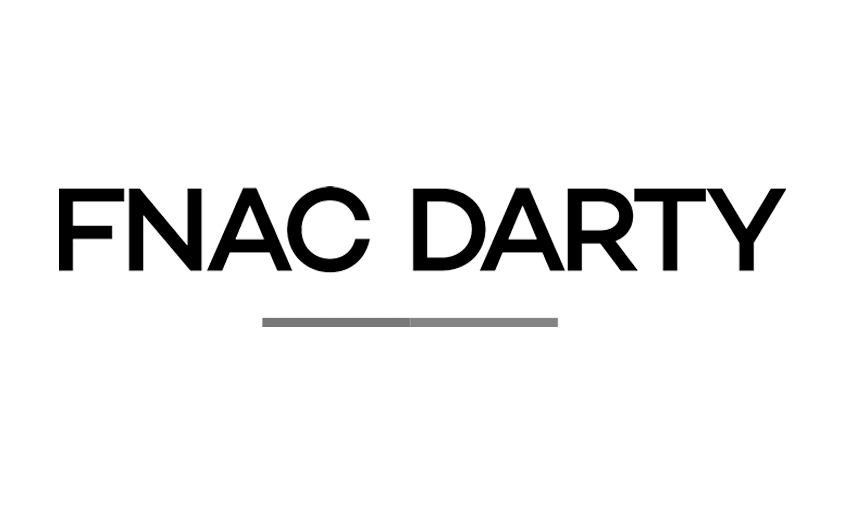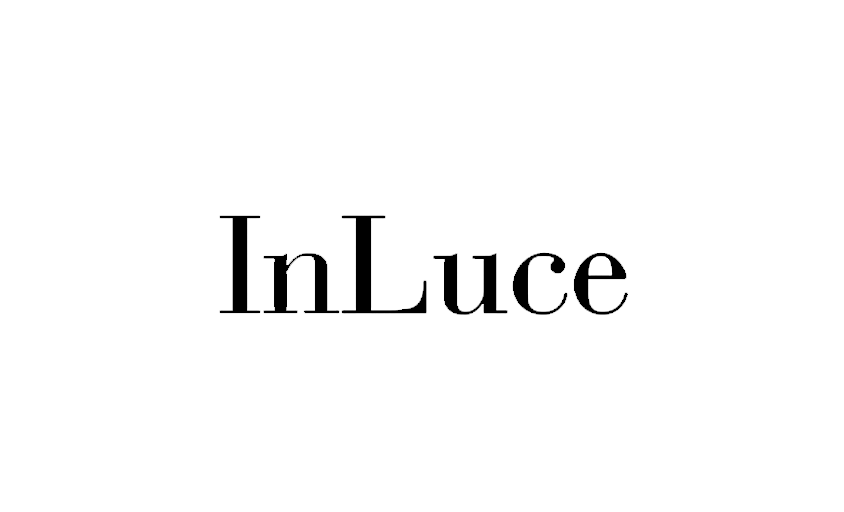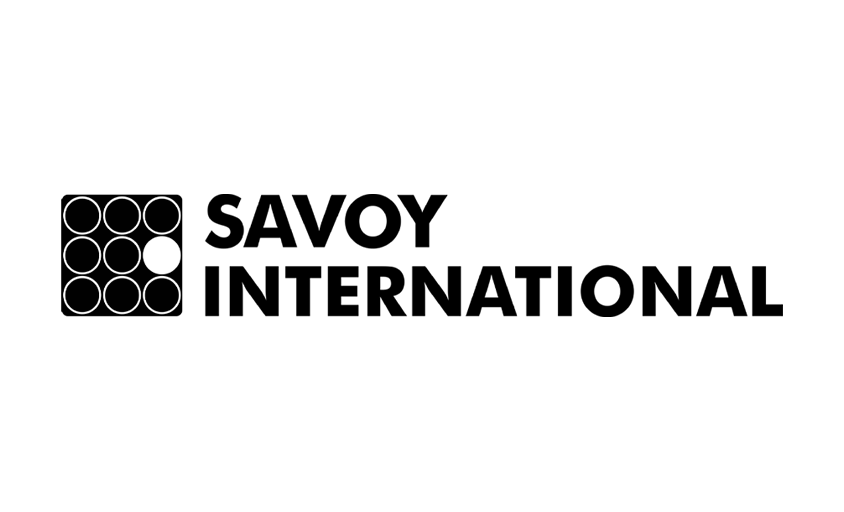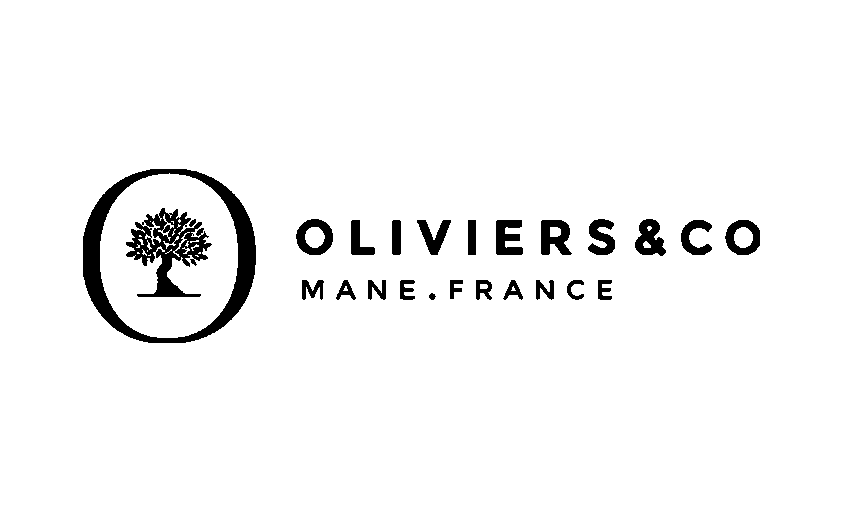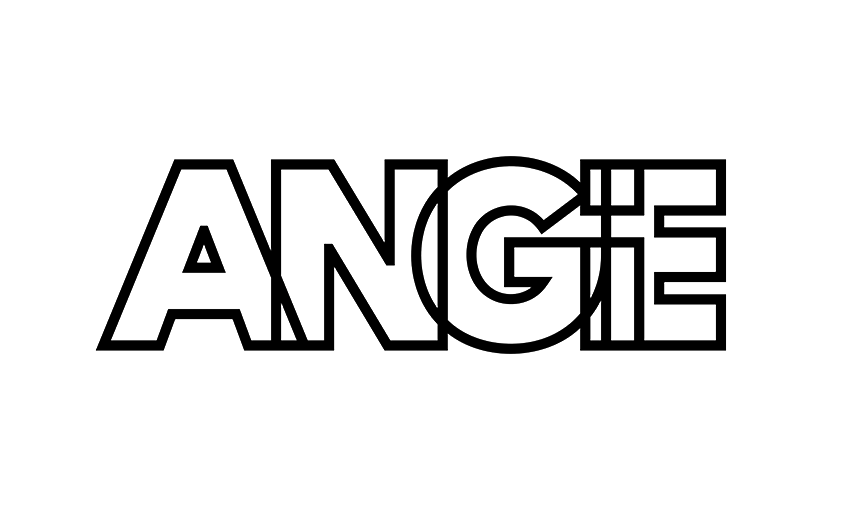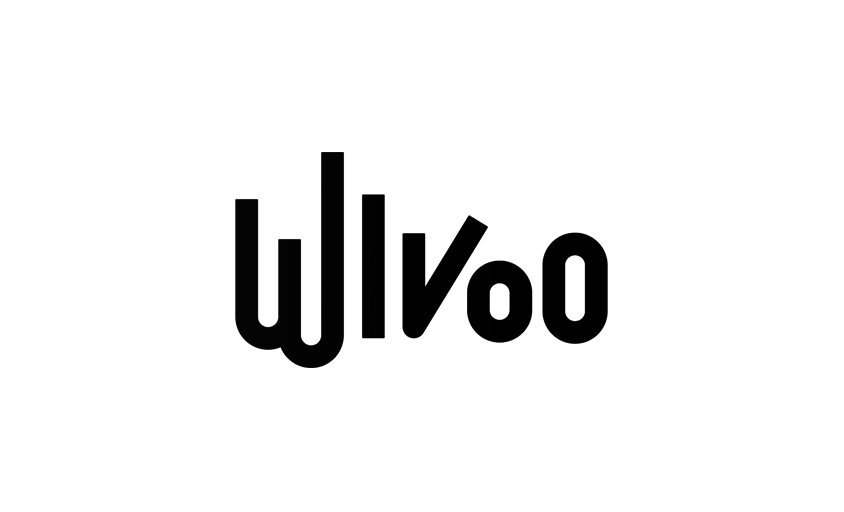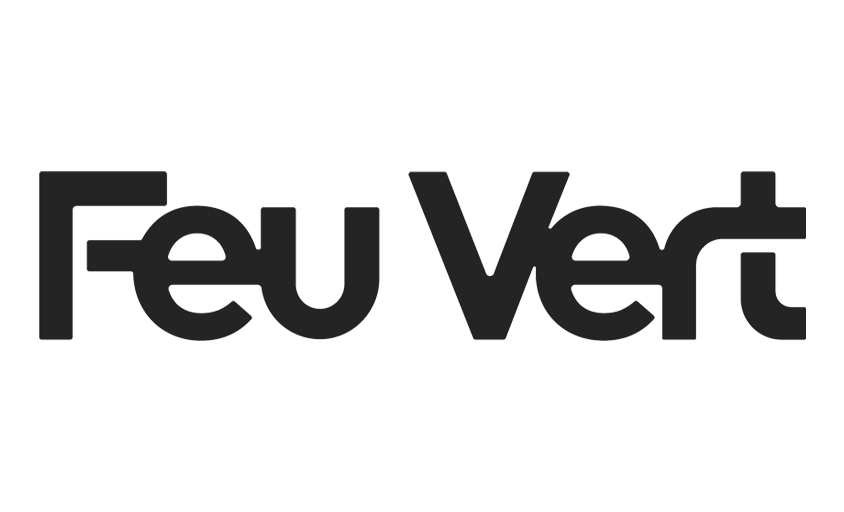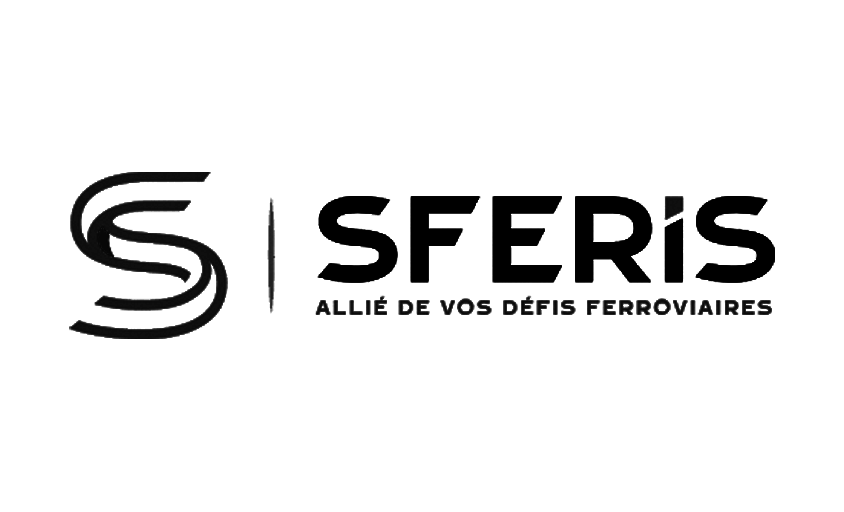Object
In this article :
The term object is omnipresent in our daily lives, but it takes on various meanings depending on the context in which it is used. Indeed, this word finds applications in fields as diverse as philosophy, science, art, technology, and even computer science. Here, we will explore the concept from different angles to better understand its versatility.
Origin and Etymological Definition
The word object comes from the Latin objectum, meaning “that which is placed before,” which already suggests an idea of opposition or perception. Simply put, an object is something we can see, touch, hear, or even imagine. It can be a material thing perceived through our senses, or an abstract concept existing in our minds.
Material Object and Artifact
In a very concrete sense, an object refers to any physical entity, whether natural or man-made. For example, a chair, a watch, a car, or even a smartphone are all objects in the material sense of the term. These objects have tangible characteristics, shape, texture, weight, and they fulfill specific functions. Their relationship to the environment, their use, and their evolution over time are elements that determine their identity.
Moreover, some objects are created by humans to meet specific needs, such as tools, machines, or industrial products. This type of object, also known as an artifact, is generally designed to serve a specific purpose, whether utilitarian or aesthetic.
Abstract Object and Ideation
However, the notion of object is not limited to material things. In a more philosophical sense, an object can be an idea, a concept, or even an abstraction. Consider, for instance, the objects of science or academic disciplines: an electron, a scientific theory, or a mathematical principle. These objects are not physically perceived but are intellectual constructs—human creations used to understand and explain our reality.
Likewise, mental objects such as ideals, concepts, or fictional works belong to this abstract category. These are entities that exist in thought but lack physical presence in the world. And yet, despite being immaterial, they influence our actions, beliefs, and culture.
The Object in Philosophy: A Constructivist View
From a philosophical perspective, objects can be viewed through the lens of constructivism. According to this viewpoint, objects are not simply natural entities existing independently of the observer, but human creations, concepts that take shape through study and observation. A scientific object, like an atom or a subatomic particle, is not a “raw” reality but rather an abstraction constructed from theoretical models.
In this sense, objects are defined by their role within a particular discipline. In physics, an object might be a particle, whereas in literature, it could be a symbol or a metaphor. This redefinition of objects according to the field reminds us that reality is often interpreted and shaped by human systems of thought.
Impossible Objects and Perceptual Illusions
A fascinating aspect of the object is the notion of impossible objects. In the field of optical illusions, for instance, there are objects that appear real to our eyes but defy logic. The blivet, for example, is an impossible object that seems to have physical form while being a geometric impossibility. These objects show us that perception can sometimes be misleading, and what we consider a “real” object may, at times, be an illusion.
Objects imagined in dreams, fiction, or even computer programming can also fall into this category of impossibility, or at least into the realm of entities that do not exist in the physical world.
The Object in Computer Programming
In the field of computer science, the term object takes on a specific meaning. In object-oriented programming (OOP), an object is an entity that encapsulates data and associated behaviors. For example, in a computer program, an object can be an instance of a class representing a concrete or abstract element, such as a user or a bank account. Objects in OOP help model real-world elements or abstractions while providing an organized way to structure the information and actions of a program.
Conclusion
In short, the object is far more than a simple material item we can touch or see. It represents a complex and multifaceted concept that adapts to the needs of each discipline, whether physics, philosophy, science, literature, or technology. The object, in all its plurality, shapes our understanding of the world and helps us organize and structure our ideas, our creations, and our interactions with reality.
Jérémy Carlo is the editorial director at Rétines, where he ensures the consistency and clarity of all content produced by the studio.
Our Clients
Let’s discuss
What we do for you at Rétines
Meticulous work, an organised project and fast delivery. And to achieve this, we mobilise the right resources in our teams at the right time.
01
Pre-production
Artistic and technical direction tailored to the project.
Relevant recommendations on content, form and resources.
02
Photo Shooting
Photos taken by our experienced photographers.
Production that’s controlled, efficient and tailored to the needs of the project, with nothing superfluous.
03
Retouching
Technique
Photographs magnified by our retouching team.
Post-production to meet the commercial challenges of the brief.

